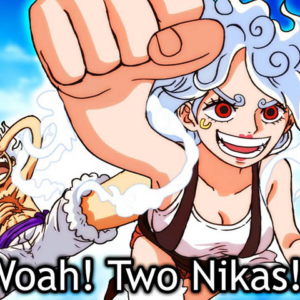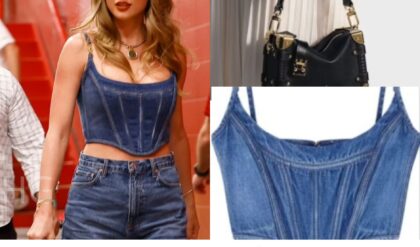Devil Fruits are one of the main power systems in One Piece, and they fall into three categories. Paramecia-type Devil Fruits are the most common, and they offer an array of superhuman abilities. Certain Paramecia Devil Fruits are incredibly strong, and one in particular has the power to destroy entire landmasses. Unfortunately, there are several Paramecia-type Devil Fruits that are inherently weak.
The weakest Paramecia tend to have no offensive upside, and they usually provide minimal defensive help. Some of these Paramecia can be useful in other ways, but most of them are essentially useless when it comes to direct combat. One Paramecia literally requires a second person in order for it to work, while another Paramecia is entirely dependent on an animal’s mood and trustworthiness.
10The Heal-Heal Fruit Has No Offensive Or Defensive Capabilities
First Used In Episode 714, “The Healing Princess — Save Mansherry!”
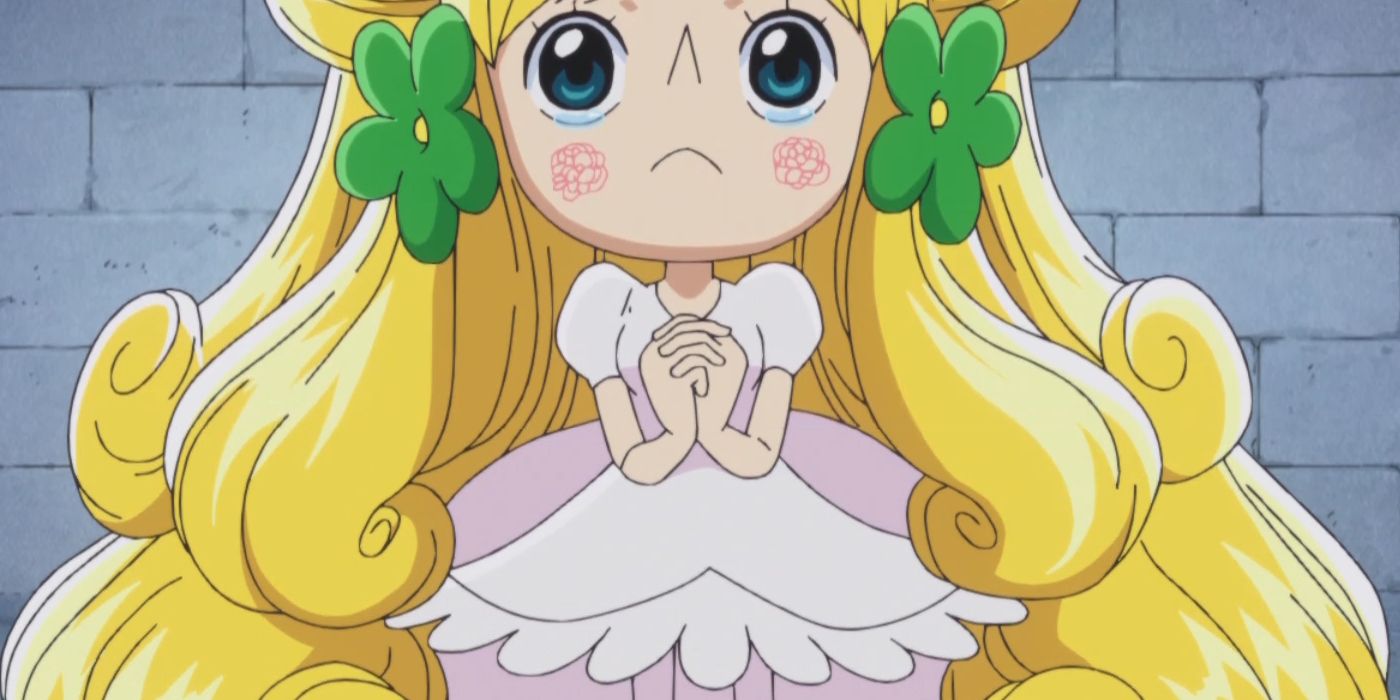
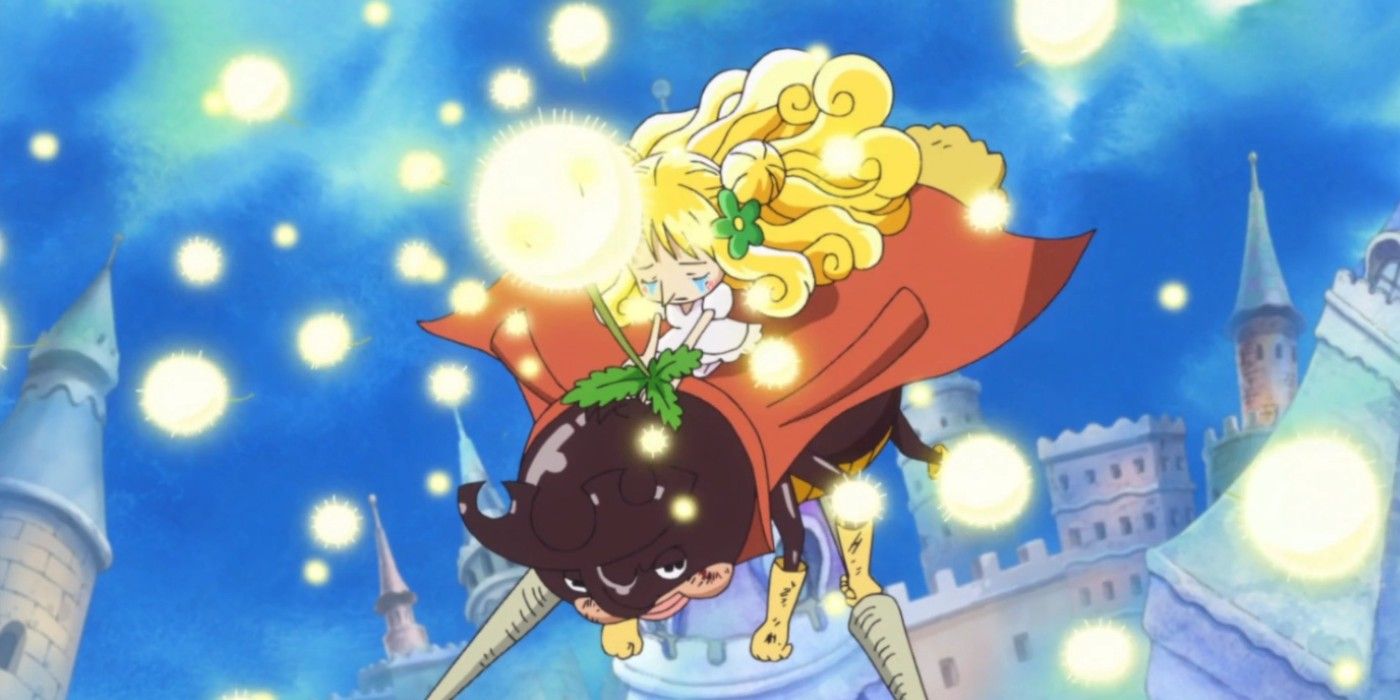
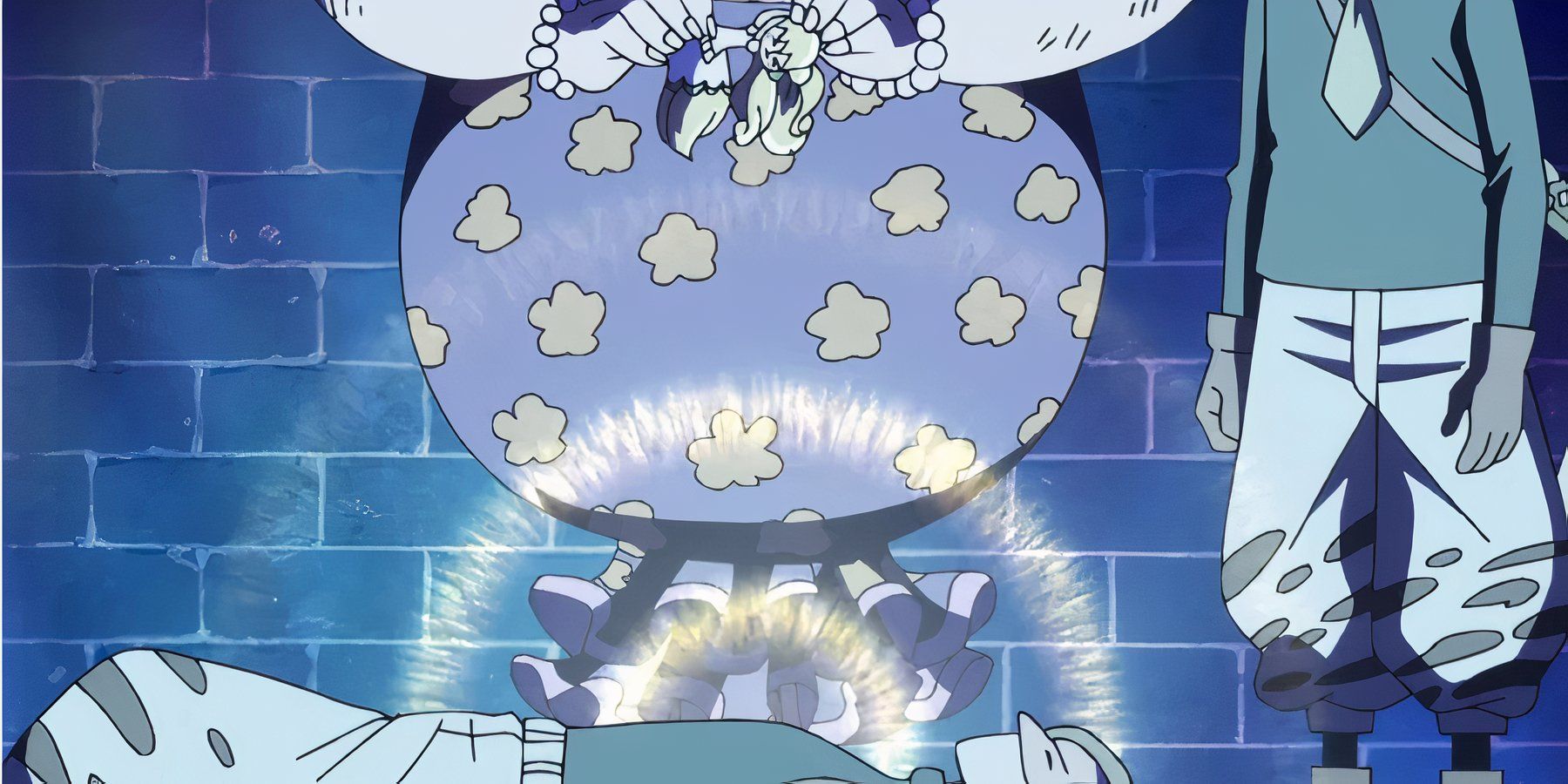
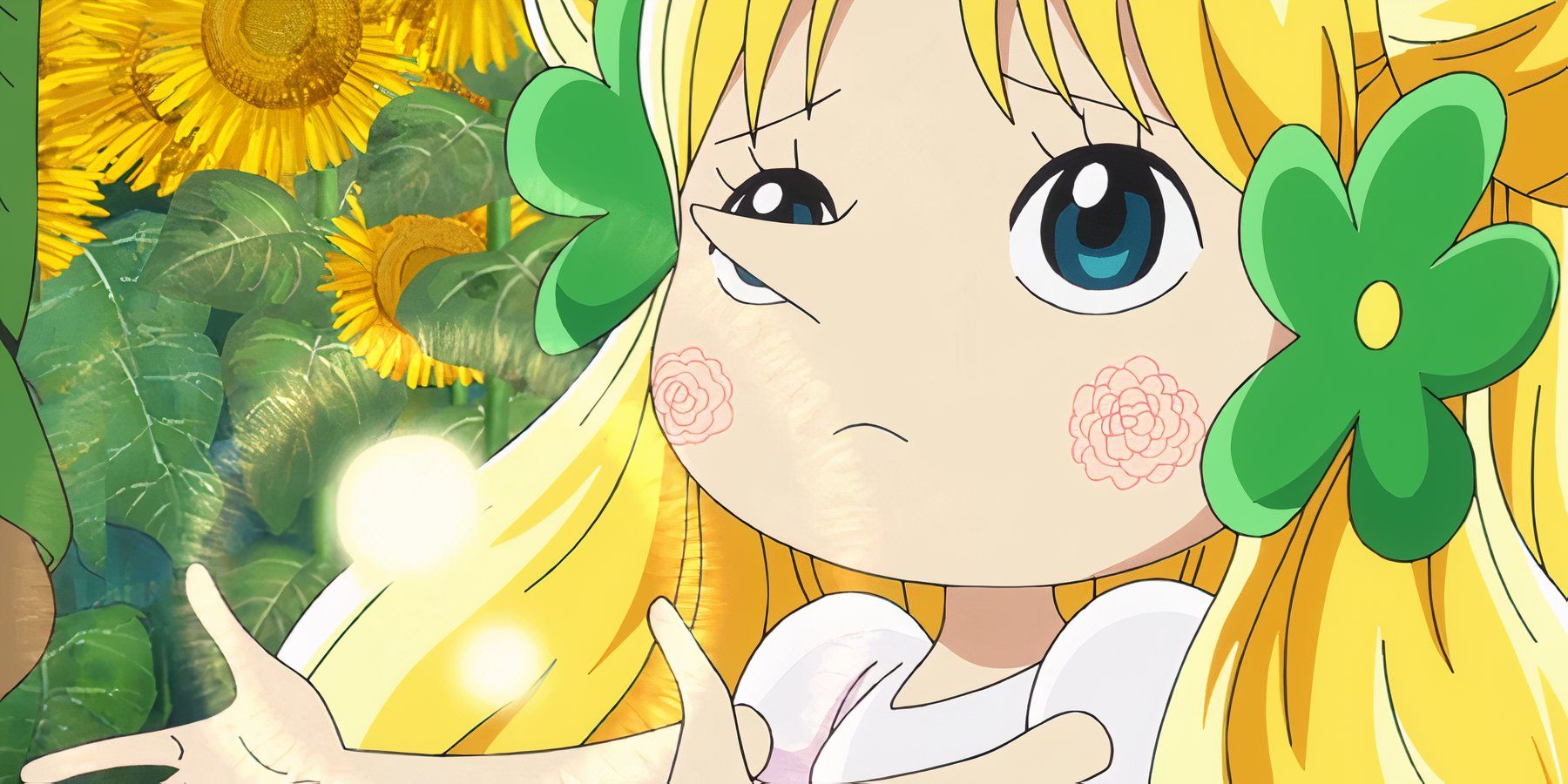
Best Technique: Chiyupopo
Known User: Mansherry
Like its name suggests, the Heal-Heal Fruit is a Paramecia that gives its user the ability to heal any type of injury or wound. The healing powers manifest inside the user’s tears, which means that the user can be forced to heal an enemy. In this instance, another enemy can simply hurt the user until they cry. The injured individual will return to perfect health once the tears touch their body.
The Heal-Heal Fruit can reattach limbs, but it cannot create new ones. It should also be noted that the user can create water in the palm of their hands with the same healing properties. The Heal-Heal Fruit is perfect for a doctor, but it is inherently weak during battle since it has no offensive or defensive abilities.
9The Time-Time Fruit Can Send People Forward In Time
First Used In Episode 910, “A Legendary Samurai – The Man Who Roger Admired!”

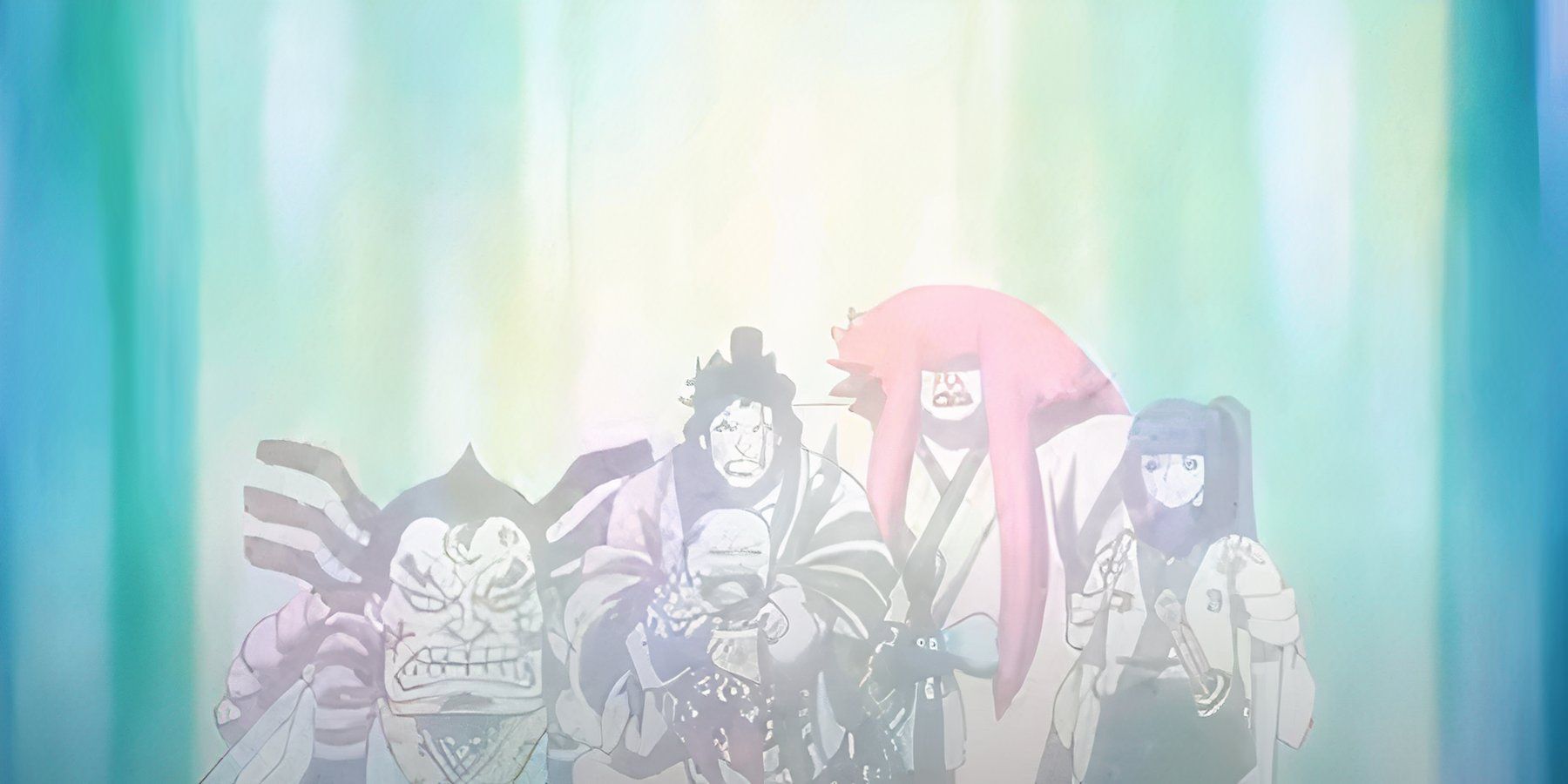

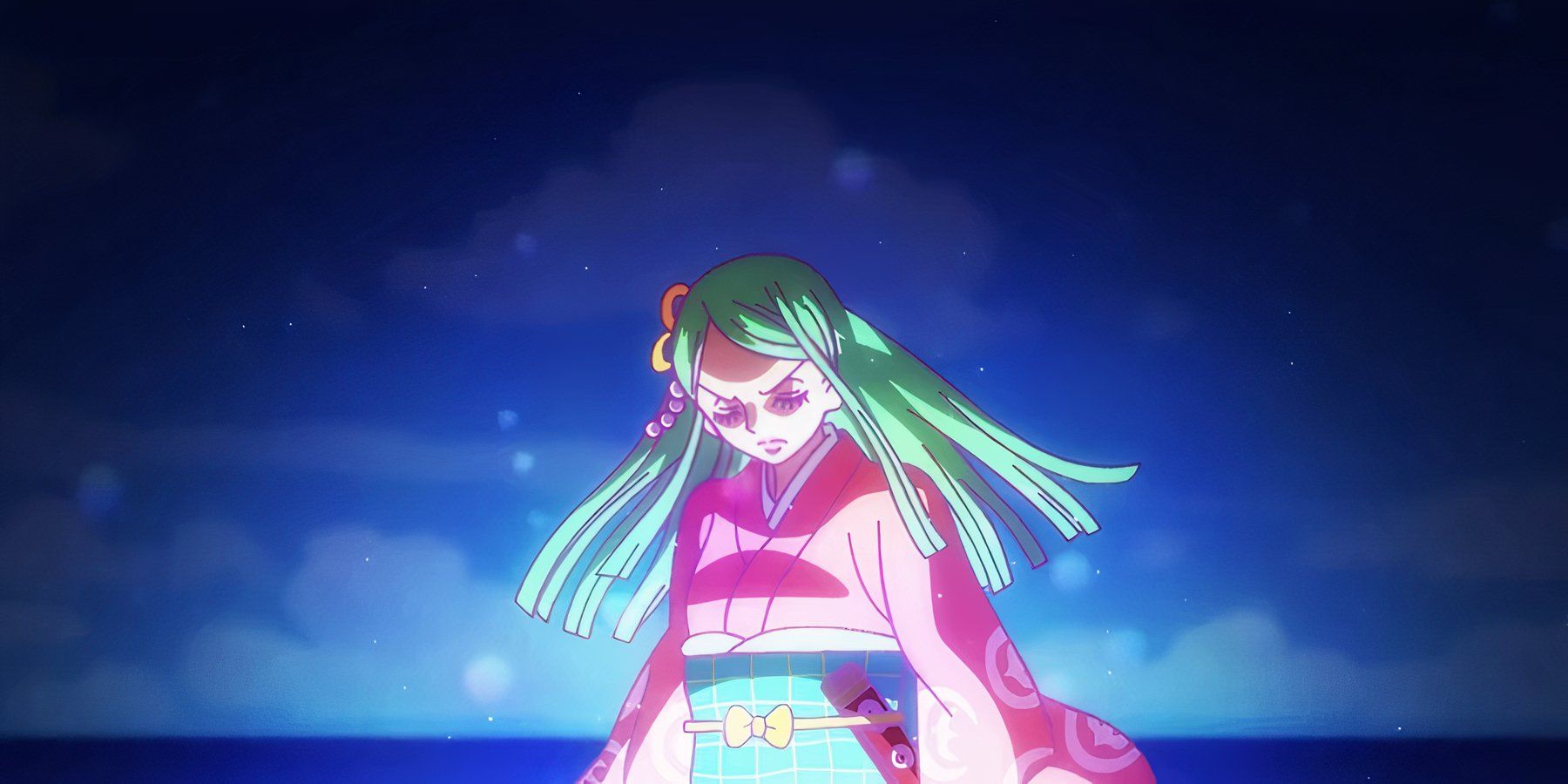
Best Technique: Unknown
Known User: Toki Kozuki
Most people would assume that the Time-Time Fruit can actually manipulate time itself, but that is not the case. Instead, the user has the power to travel forward in time, but it appears as though the maximum interval is 20 years. The user cannot go back in time, which means that they are stuck in whatever time period they travel to. This time jump happens instantly.
The Time-Time Fruit can also be used to send other people forward in time. This effect seems to work even if the individuals do not want to be sent through time. The user can choose how far into the future to travel to, but they will appear in the exact same spot. The Time-Time Fruit is useful if the user needs to get out of a dangerous situation, but it is essentially useless in battle.
8The Kilo-Kilo Fruit Is A Weaker Version Of The Ton-Ton Fruit
First Used In Episode 66, “A Serious Fight! Luffy Vs. Zoro: The Baffling Duel!”
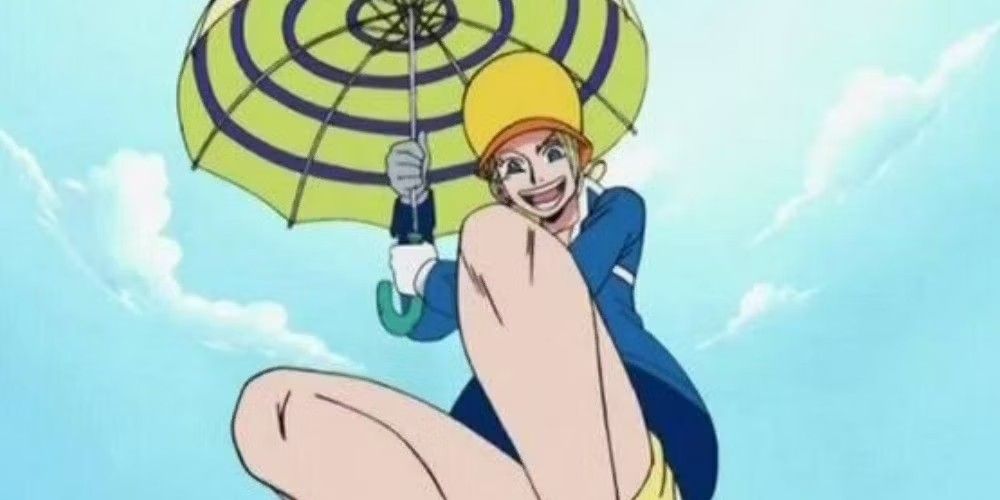
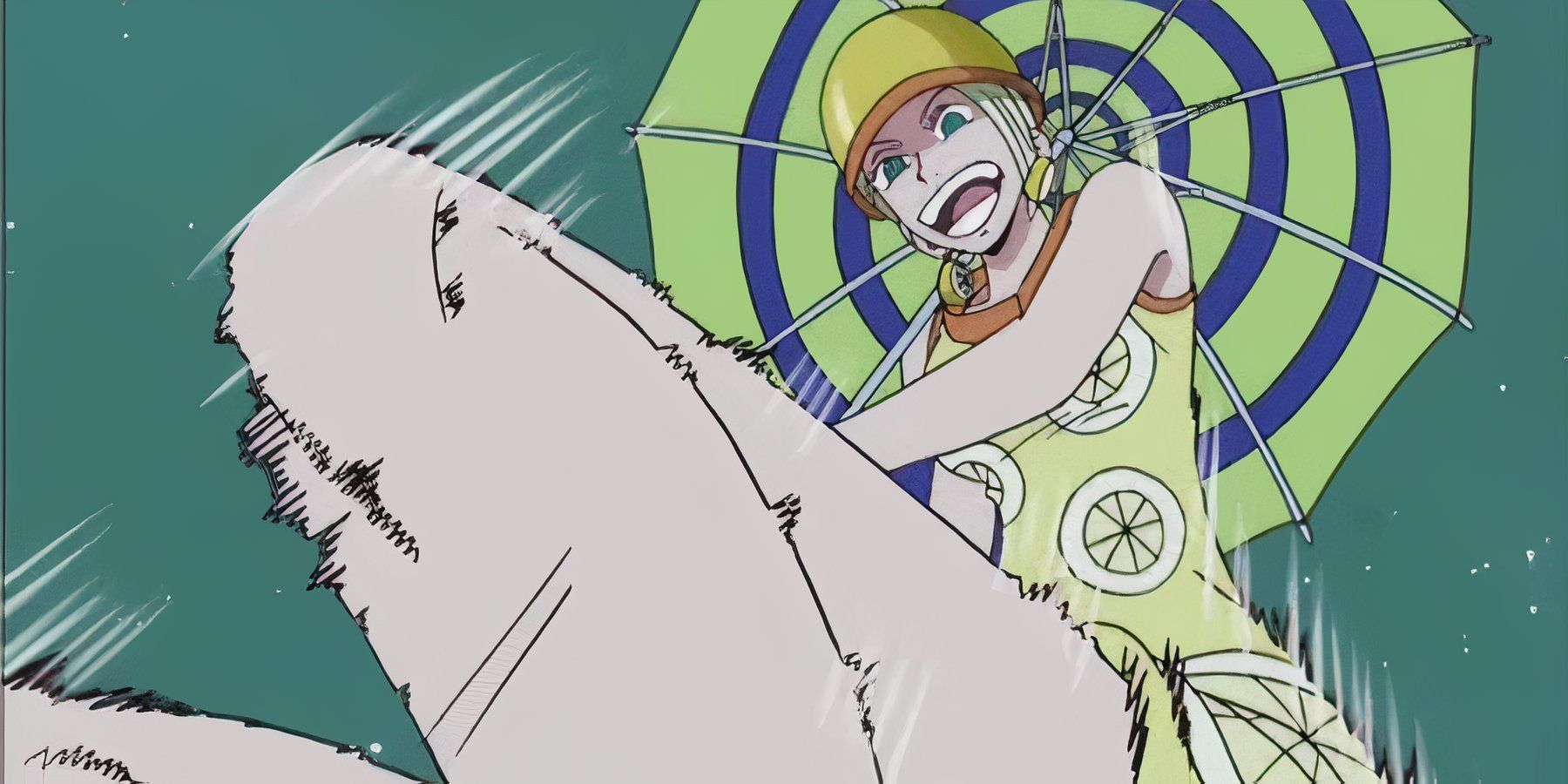
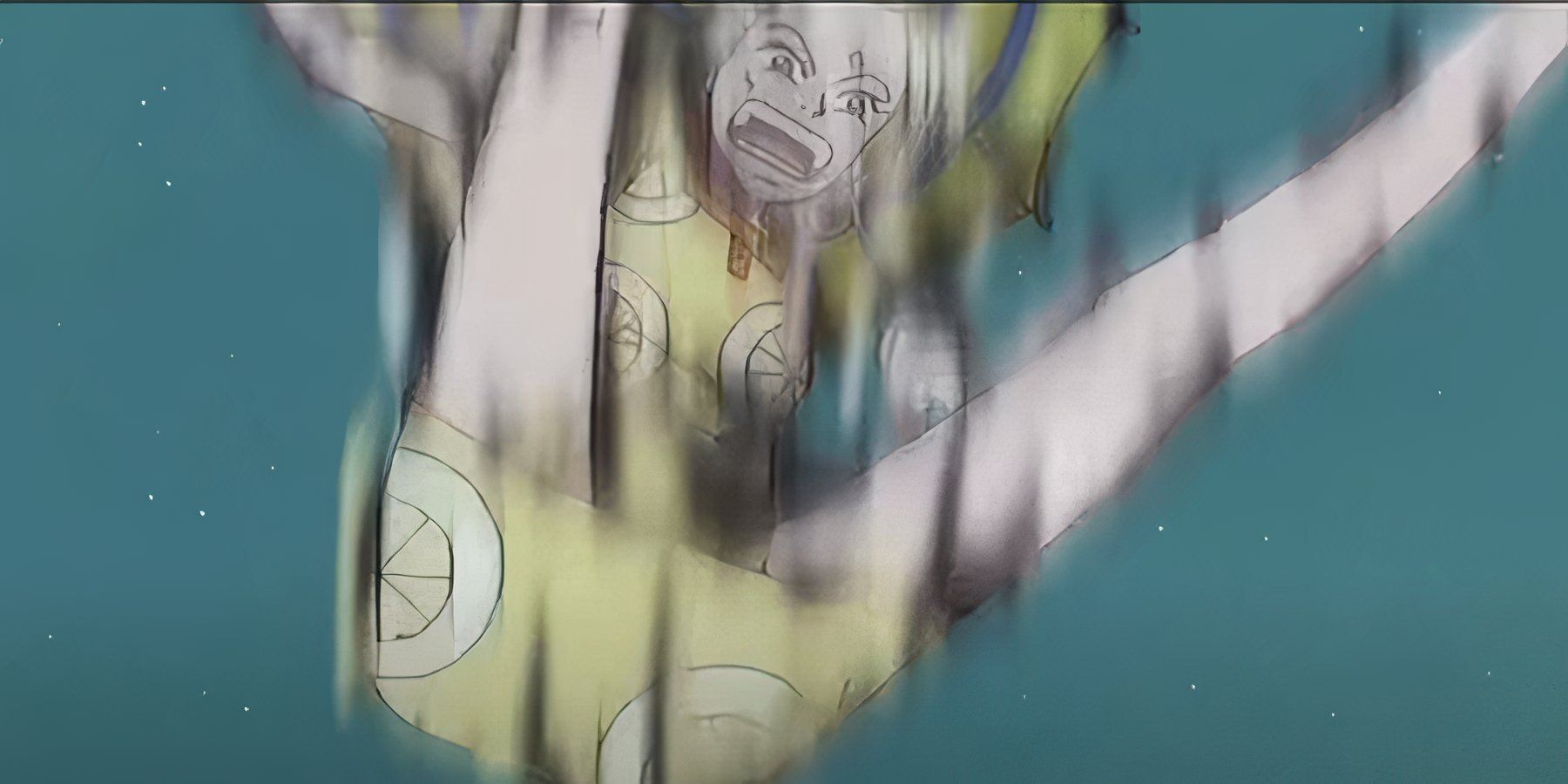
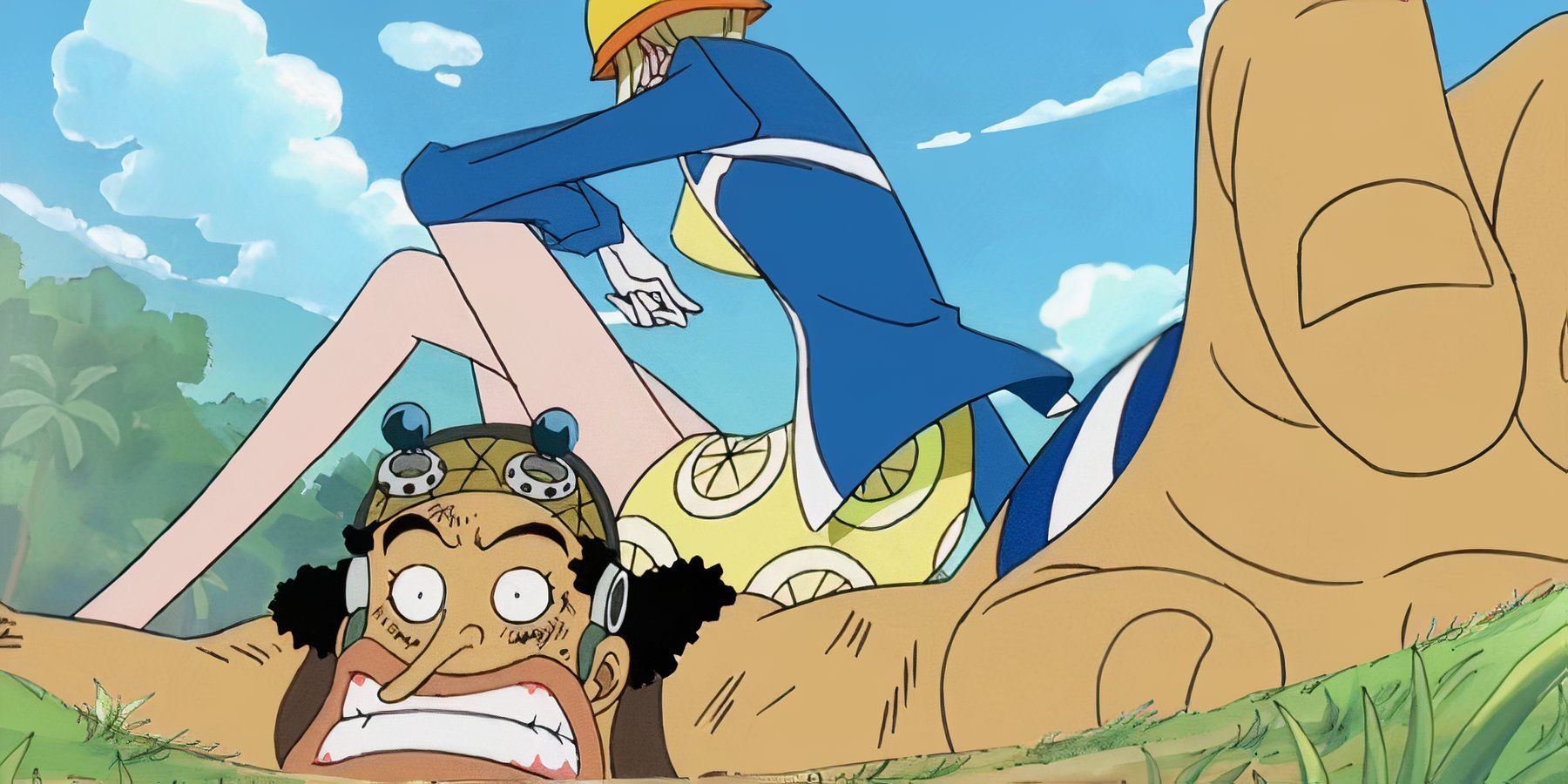
Best Technique: 10,000 Kilo Press
Known User: Mikita
The Kilo-Kilo Fruit debuted during One Piece‘s Whiskey Peak Arc, and it is essentially a far weaker version of Machvise’s Ton-Ton Fruit. The user can manipulate their own weight at will, but there are specific limitations. The lowest weight that the user can achieve is roughly 2 pounds, while the maximum amount of weight is roughly 22,000 pounds. The user’s weight may fluctuate, but their actual body does not change.
The increased weight does not make the user more durable, but their movement is not impeded either. When they weigh less, the user can evade attacks easier, so it does have some defensive upside. The user’s maximum weight can deal damage, but it is only effective if they attack someone from the air. Unfortunately, they typically have to move in a straight line, so the attack can be dodged very easily.
7The Whisper-Whisper Fruit Allows The User To Speak To Animals
First Used In Episode 66, “Foreboding Of A New Adventure! The Puzzling Girl, Apis”
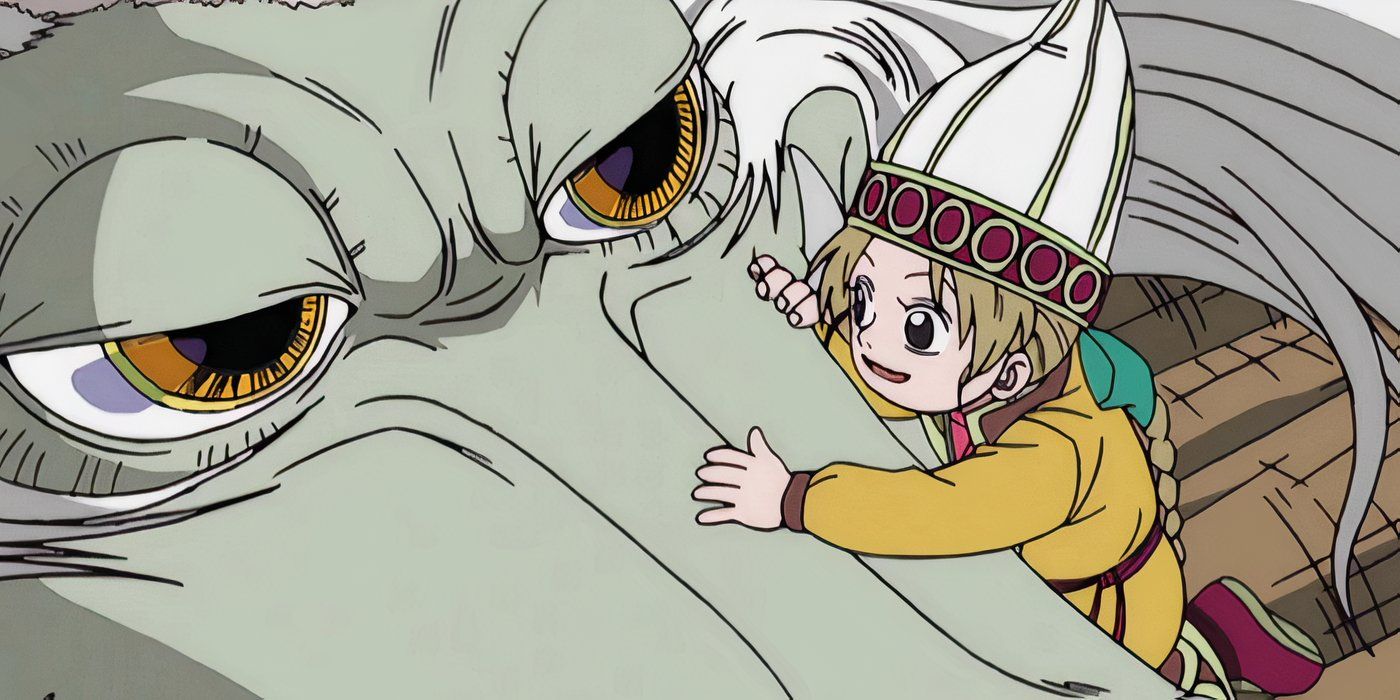
Best Technique: Unknown
Known User: Apis
The Whisper-Whisper Fruit may not be part of One Piece‘s official canon, but it is still worthy of being mentioned. With this Paramecia, someone can understand the heart of any animal – which means that the user can telepathically communicate with animals. In order for this Devil Fruit to work, the user needs to gain the trust of an animal. If the user fails to do this, their power is completely worthless.
It should be noted that the user cannot control the animal that they communicate with. The animals can warn the user about incoming threats – whether it be a storm or enemy ship. Unless the user can convince the animals to fight on their behalf, the Whisper-Whisper Fruit is utterly useless in combat.
6The Pocket-Pocket Fruit Gives The User Pockets
First Used In Episode 461, “The Beginning Of The War! Ace And Whitebeard’s Past!”
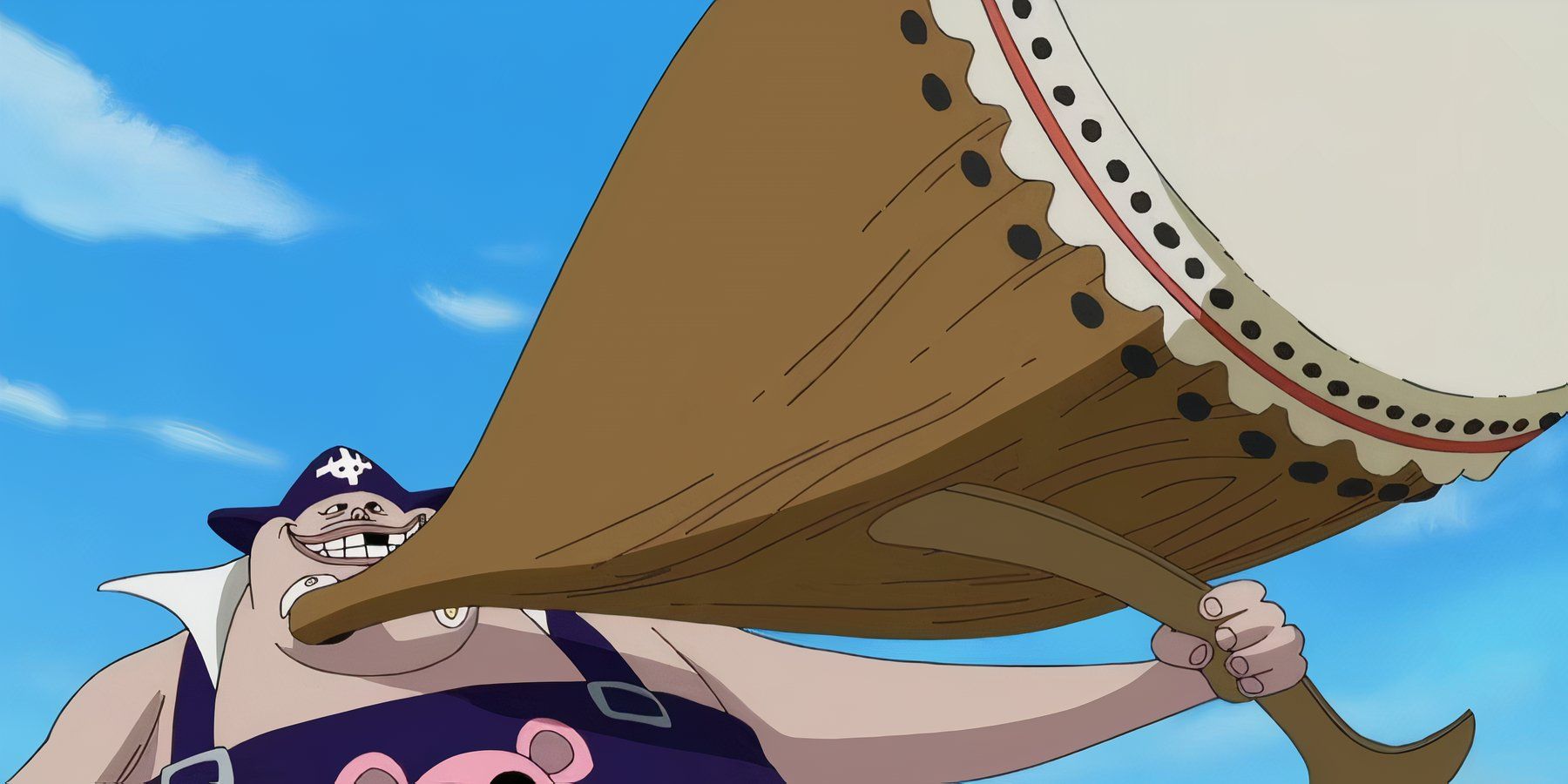
Best Technique: Unknown
Known User: Blamenco
The Pocket-Pocket Fruit was first used during the Summit War, and at the time, its power belonged to the Whitebeard Pirates. With this Devil Fruit, the user is able to create pockets throughout their body. The pockets are actually quite small, but the user can store much larger items in them with no difficulty at all. This is because the object’s size automatically changes whenever it enters or exists the pocket.
The Pocket-Pocket Fruit’s main power is storage capacity. The user can seemingly store an unlimited number of things inside of their body. It is true that the user can pull weapons out of these pockets during battle, but other than that, the Pocket-Pocket Fruit offers virtually nothing in terms of offense.
5The Millet-Millet Fruit’s Effects Are Temporary, And It Only Affect Animals
First Used In Episode 893, “O-Tama Appears – Luffy Vs. Kaidou’s Army!”

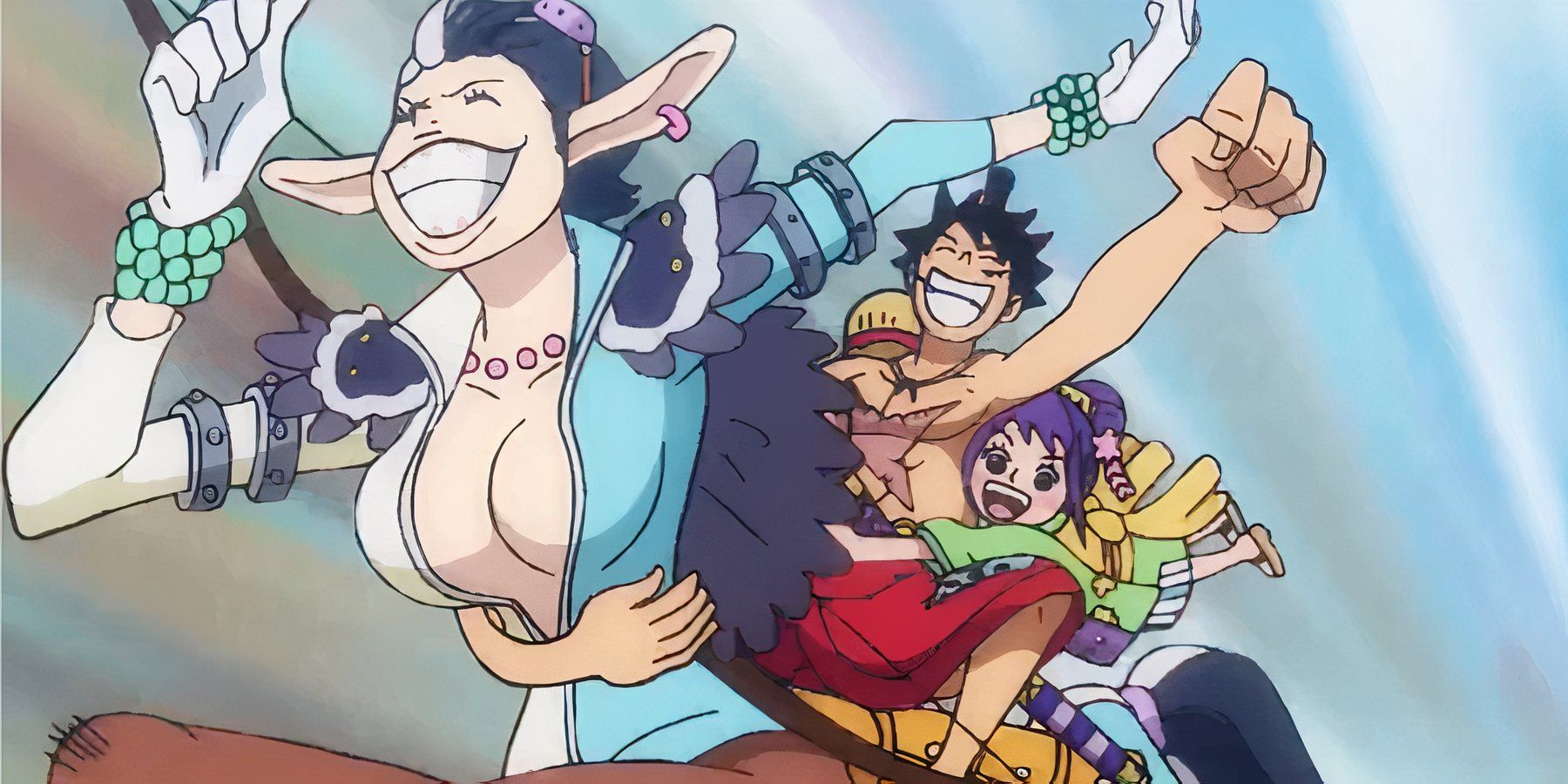
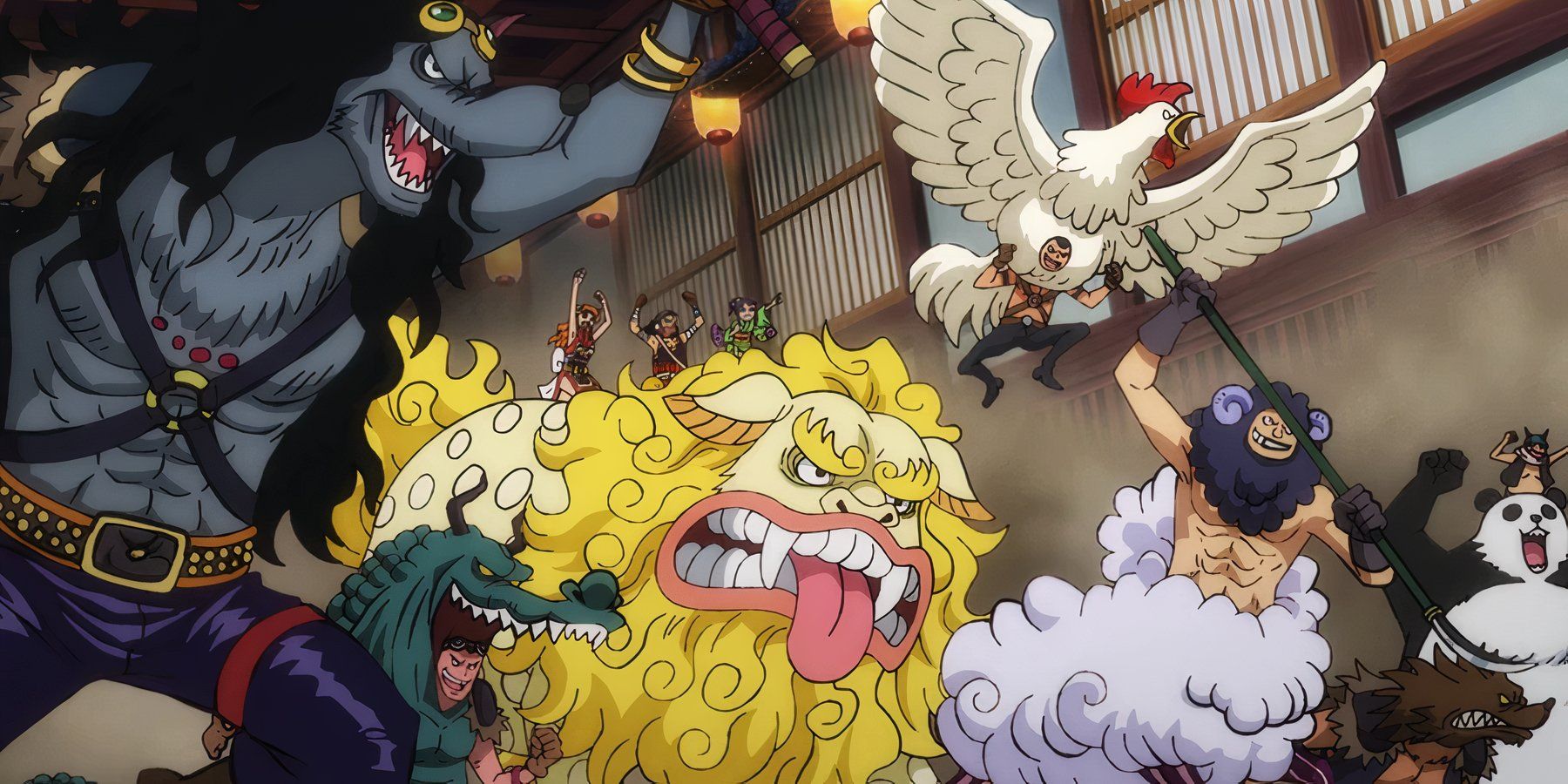
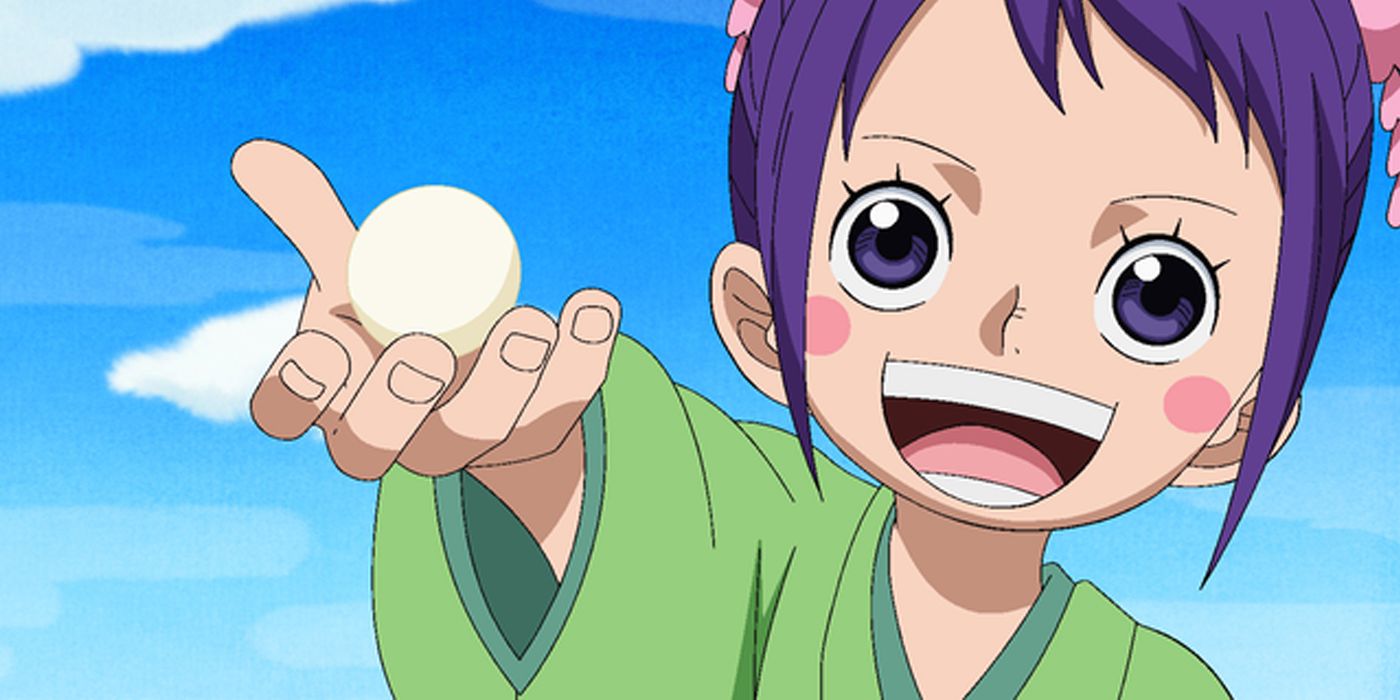
Best Technique: Dumpling Star
Known User: Tama Kurozumi
The Millet-Millet is one of the many Devil Fruits introduced in the Wano Arc. It gives the user the power to create a special type of dumpling from their cheeks. Unlike the Heal-Heal Fruit, the user cannot be forced to produce a dumpling. If an animal were to eat one of these dumplings, they would instantly be tamed by the user. The animal will obey all of the user’s commands, and it will protect the user from harm.
The Millet-Millet Fruit does not work on humans or Zoan-type Devil Fruit users, but it can work on Artificial Zoan users. In principle, this sounds like a good power to have, but it will only work if the animal or Artificial Zoan user actually eats the dumpling. Even if they do eat it, the Millet-Millet Fruit’s effects will wear off after about a month.
4The Jacket-Jacket Fruit Turns The User Into A Living Jacket
First Used In Episode 645, “Destruction Cannon Blasts! Lucy In Trouble”
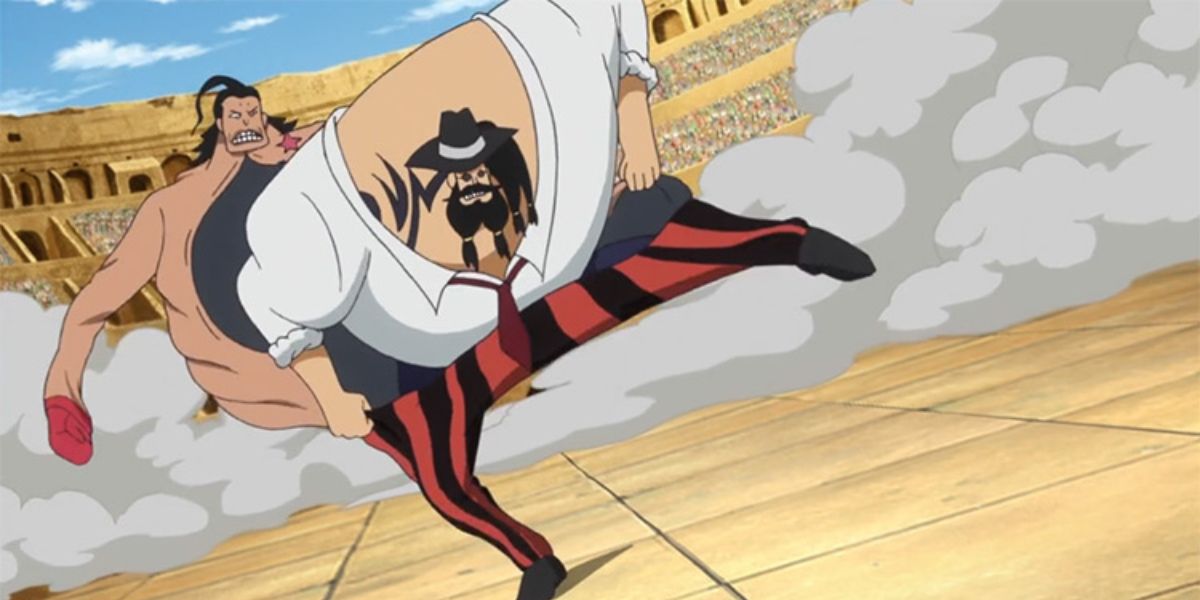
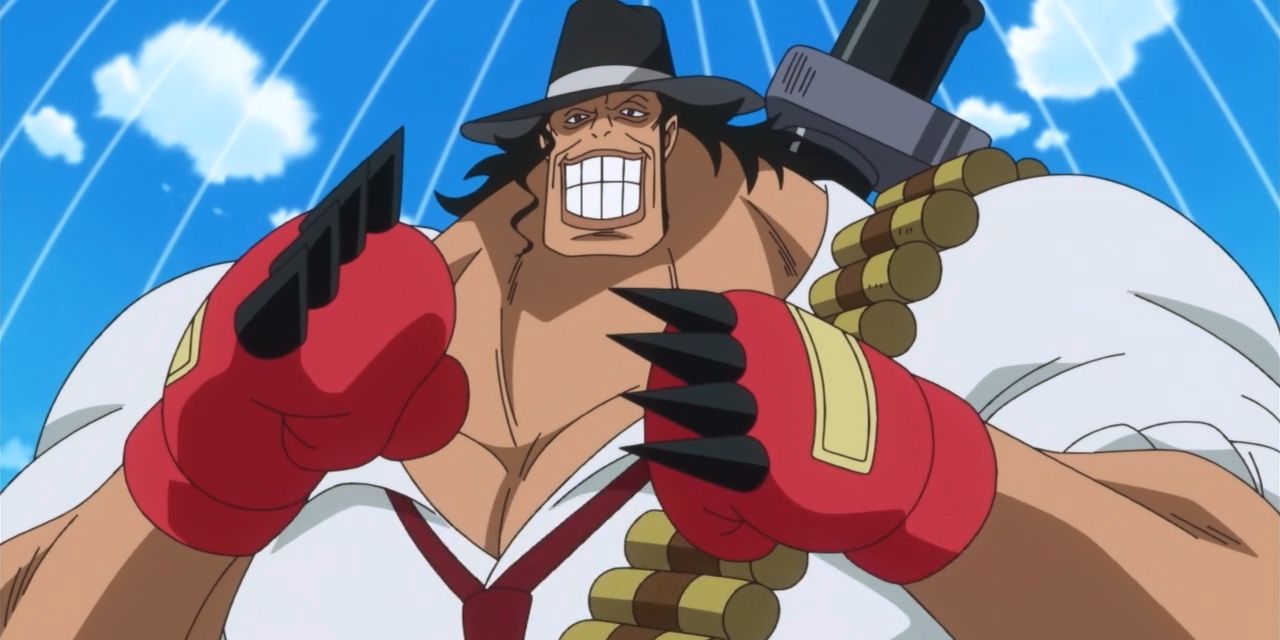
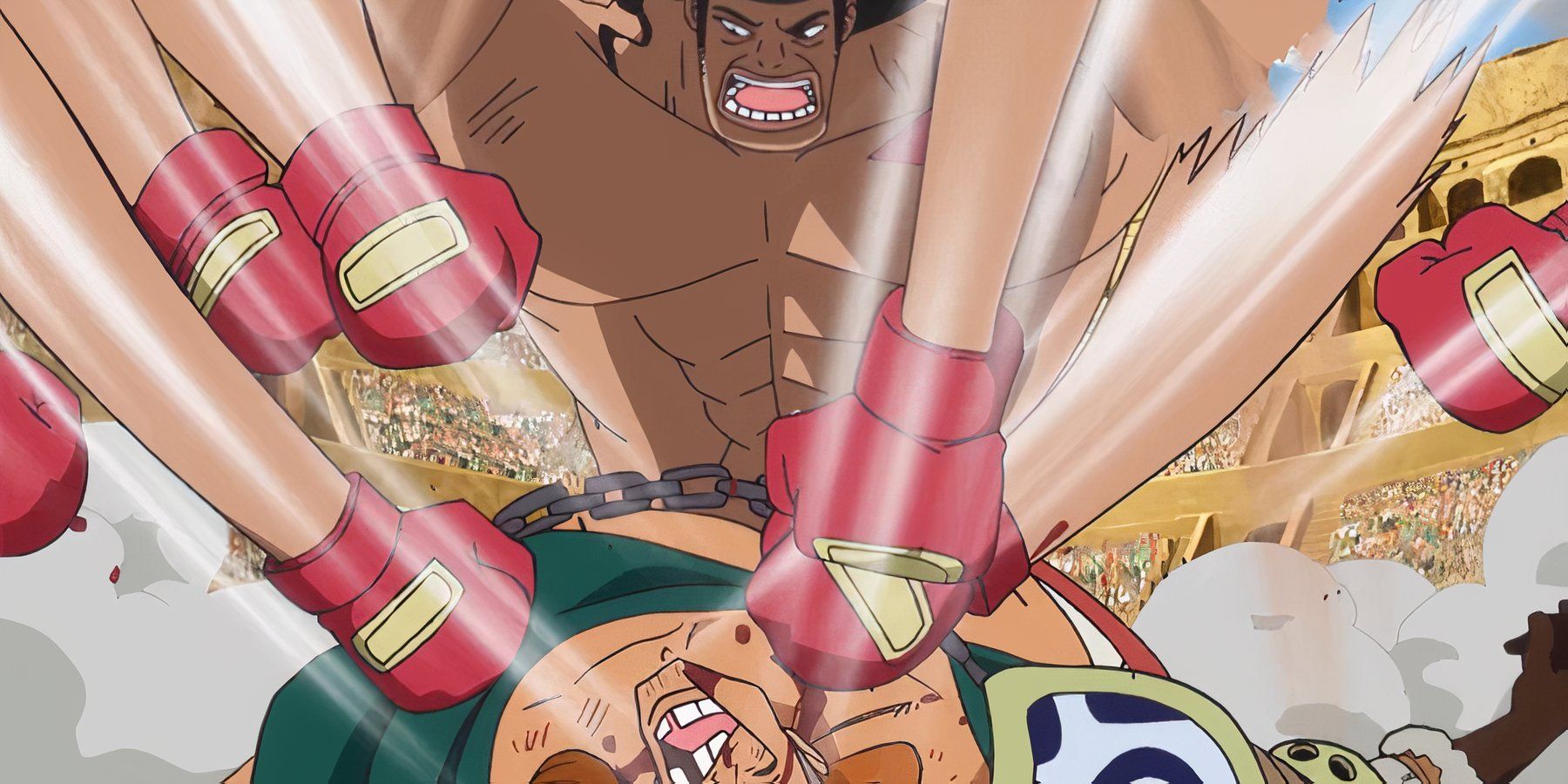
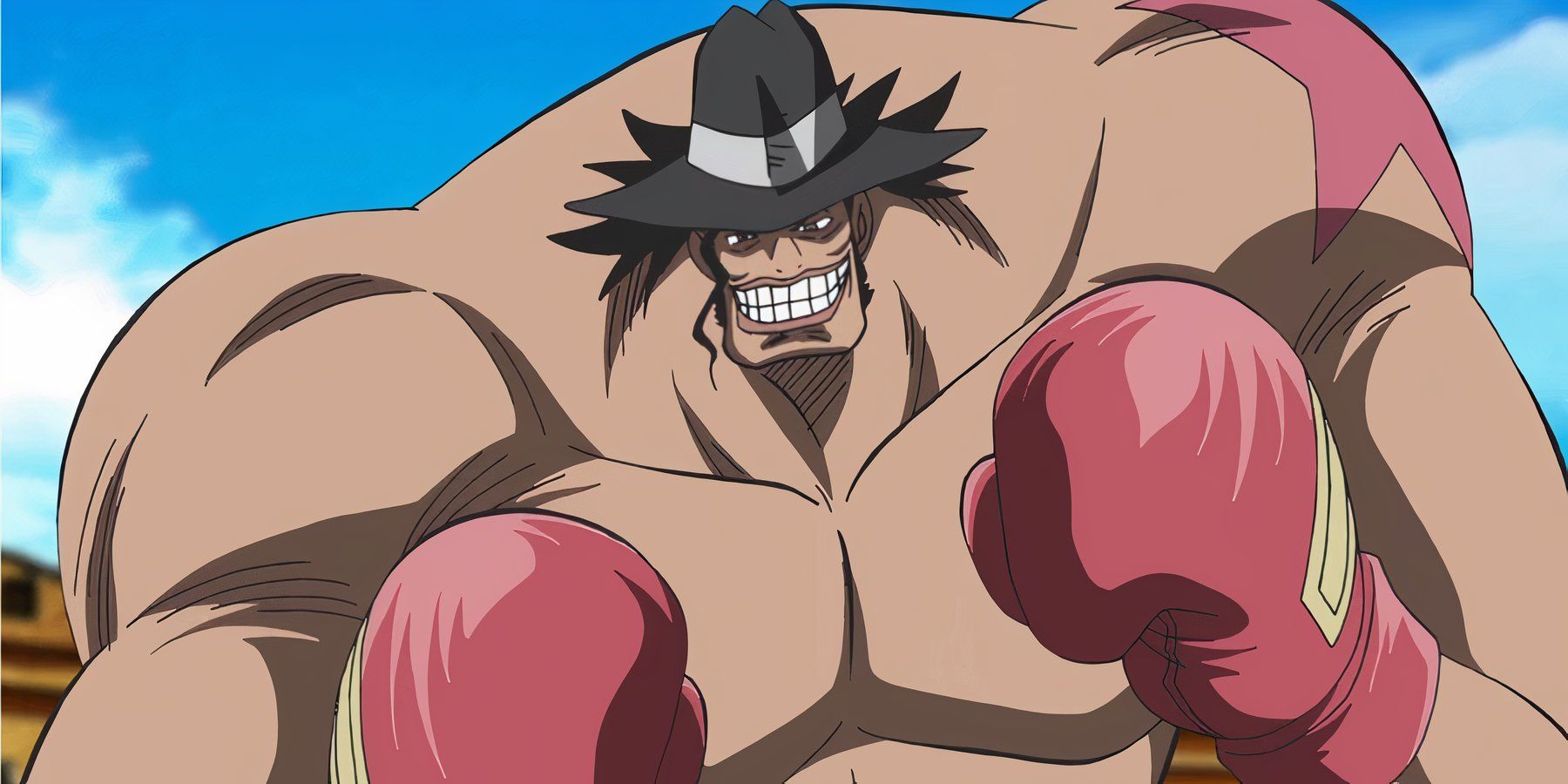




Best Technique: Rarara Violence
Known User: Kelly Funk
The Jacket-Jacket Fruit may be the silliest Devil Fruit in One Piece. Like its name suggests, it allows the user to turn themselves into a jacket, and other individuals can wear them like actual clothing. The user is in full control of the wearer’s body, and they can use the wearer’s strength. Based on what has been shown in the anime and manga, the wearer needs to be a willing participant.
There does not seem to be any type of size issue – which means that the user can be worn by any other human. The user can fight while they are being worn, and the extra strength of the wearer can be useful. Unfortunately, the Jacket-Jacket Fruit is utterly useless unless the user is being worn. Without a wearer, the user is basically an ordinary person who can no longer swim.
3The Berry-Berry Fruit Splits The User’s Body Into Berry-Shaped Balls
First Used In Episode 309, “Feelings Put Into Fists! Luffy’s Full-Power Gatling”
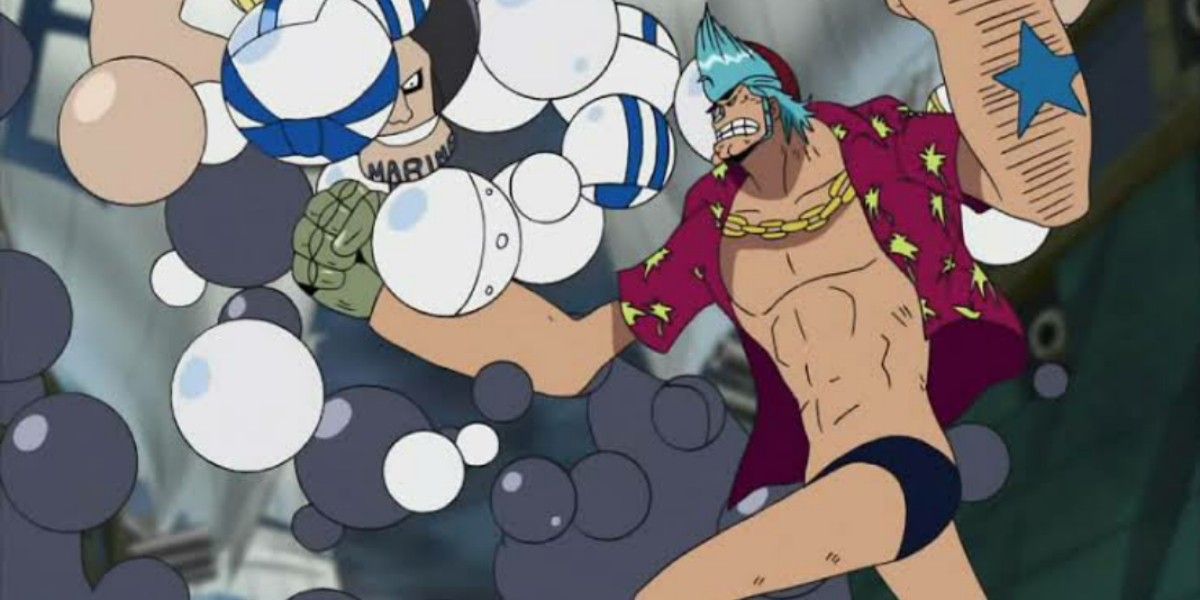
Best Technique: Unknown
Known User: Very Good
The Marines have several powerful Devil Fruits at their disposal, but the Berry-Berry Fruit is not one of them. This Paraemecia gives its user the ability to split their body parts into small cannonball-like spheres. In the anime, these spheres were able to float in midair, but in the manga, they were only able to bounce on the ground.
The Berry-Berry Fruit is actually a good defensive Devil Fruit because the user is immune to standard blunt attacks. Unfortunately, this immunity will not be very helpful if the attacker is a powerful Haki user. If the user splits their entire body, most of their strength and speed will disappear in favor of defense. A Berry-Berry Fruit user may have a defensive edge, but they will likely never win a fight with this power.
2The Cook-Cook Fruit Turns Everything Into Food
First Used In Episode 832, “The Kiss Of Death – The Emperor Assassination Plan Begins!”
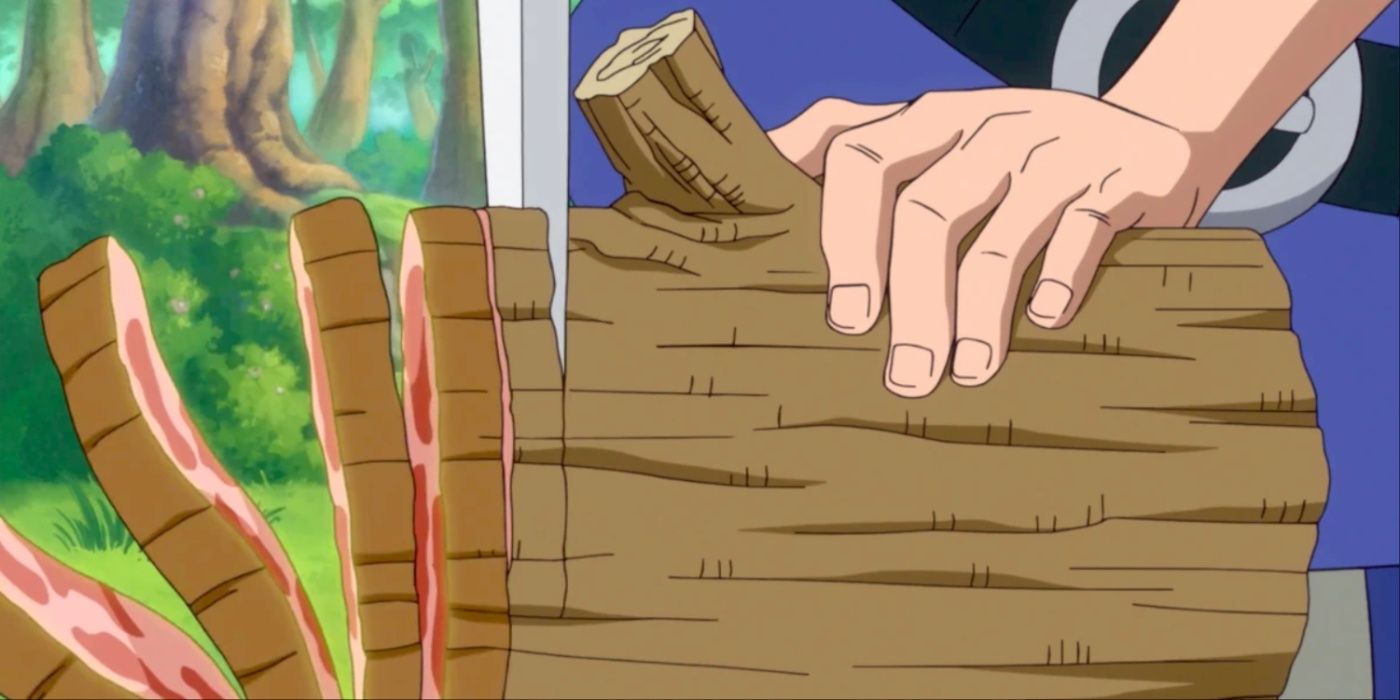
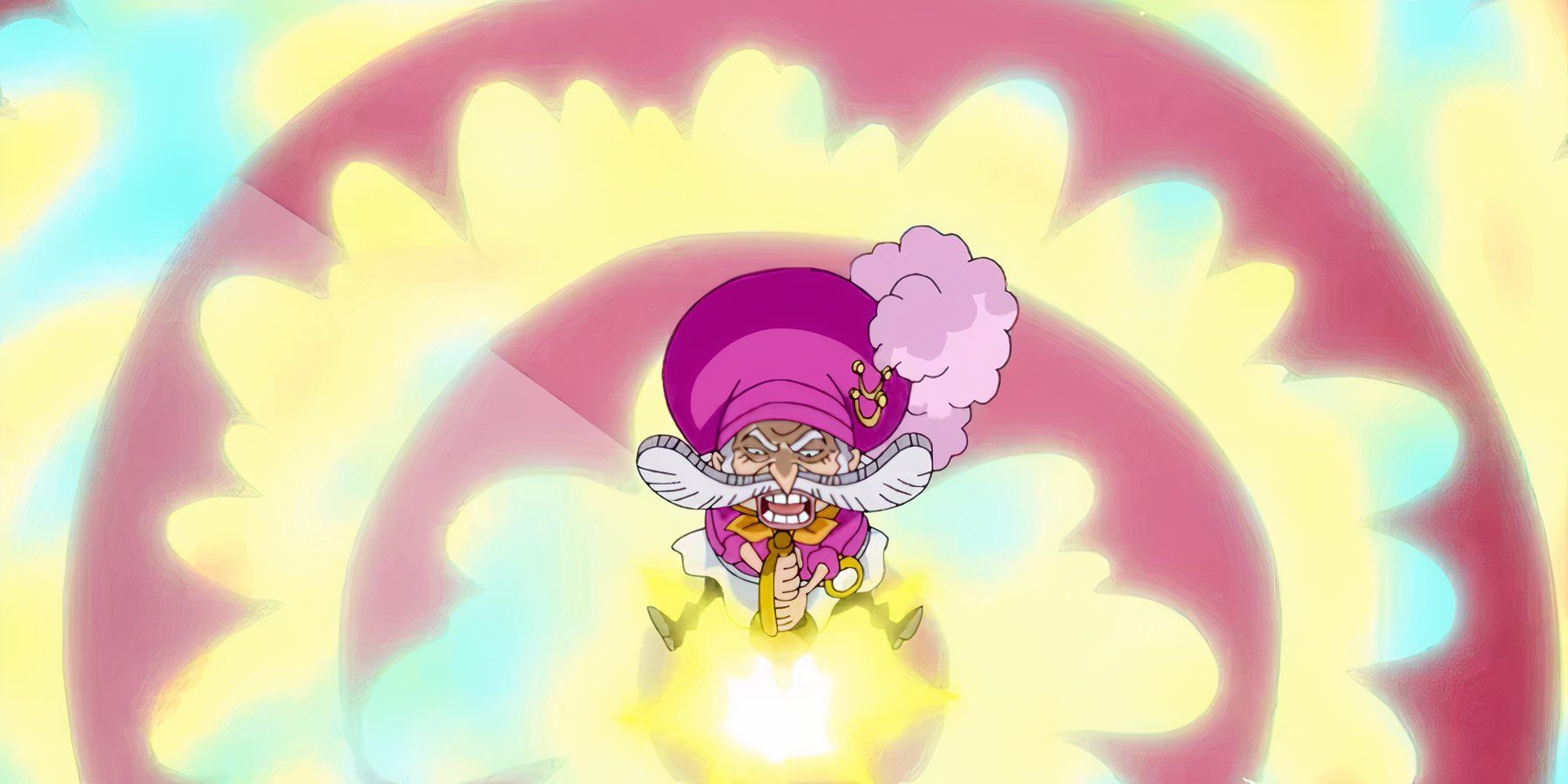

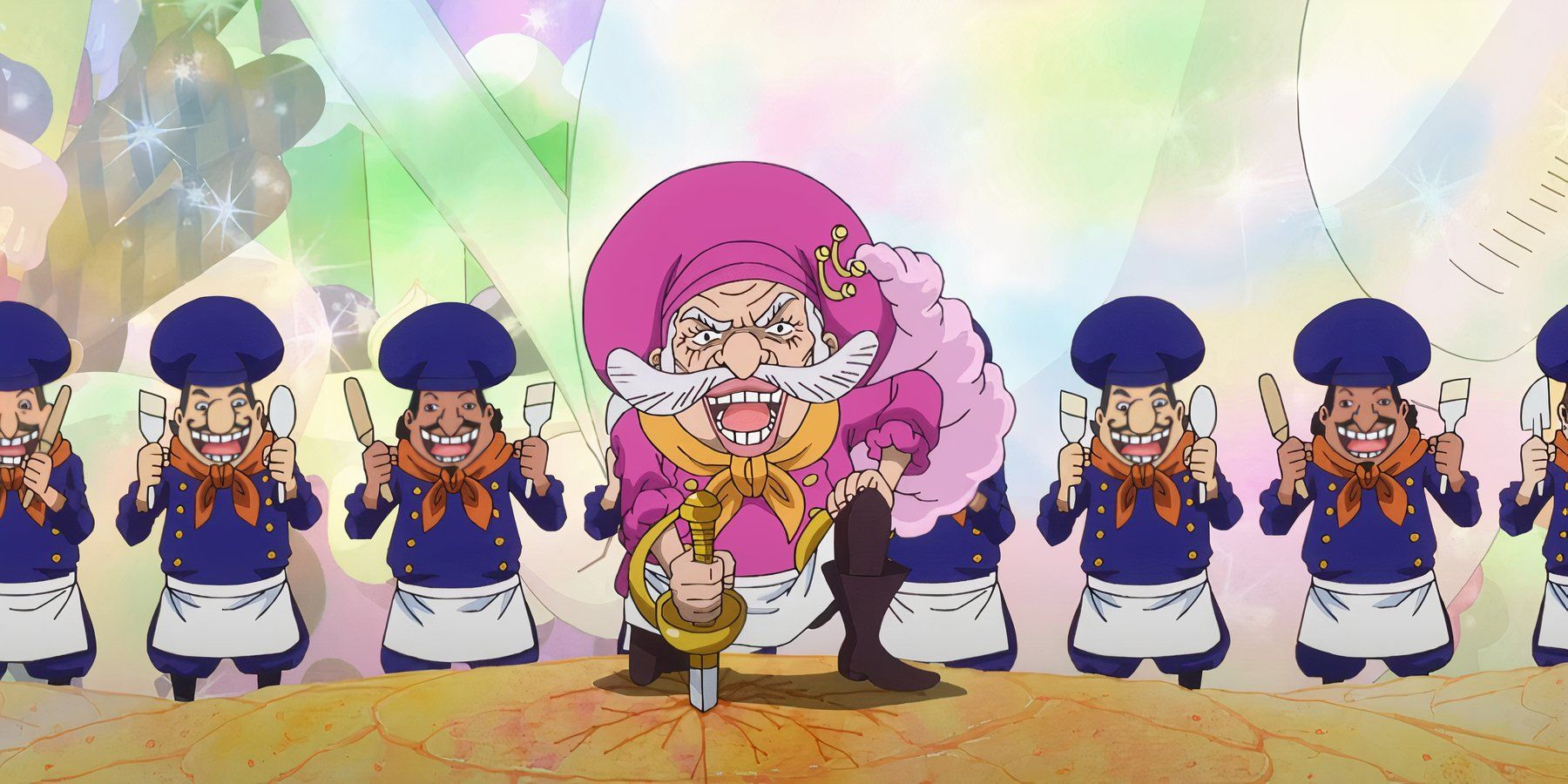
Best Technique: Veranderung Gourmet
Known User: Streusen
The Cook-Cook Fruit was one of the many food-related Devil Fruits introduced during the Whole Cake Island Arc. It is also partially responsible for Big Mom becoming a pirate. This Paramecia gives its user the power to turn other objects into food. The user will never go hungry as long as they stay away from seawater and seastone cages.
If the user has a decent sword, they can turn logs into meat, or stones into pastries. With enough experience, they can create a towering cake by simply stabbing their blade into the ground. The Cook-Cook Fruit’s food may satisfy hunger, but it does not taste very good. This Devil Fruit is perfect for chefs, but its offensive and defensive abilities are practically non-existent.
1The Garb-Garb Fruit Turns Small Objects Into Clothing
First Used In Episode 588, “Reunion After Two Years! Luffy And Law”
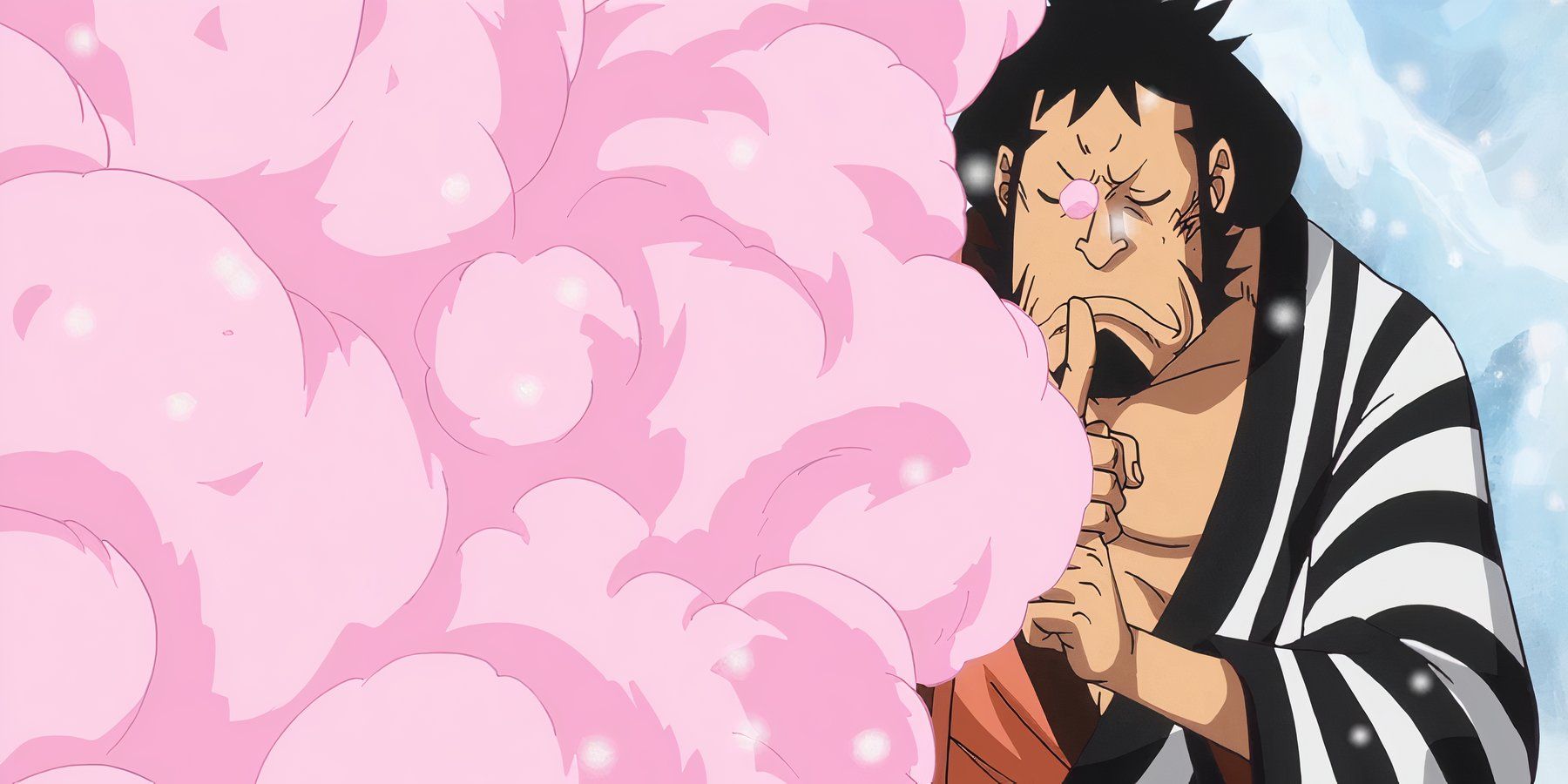
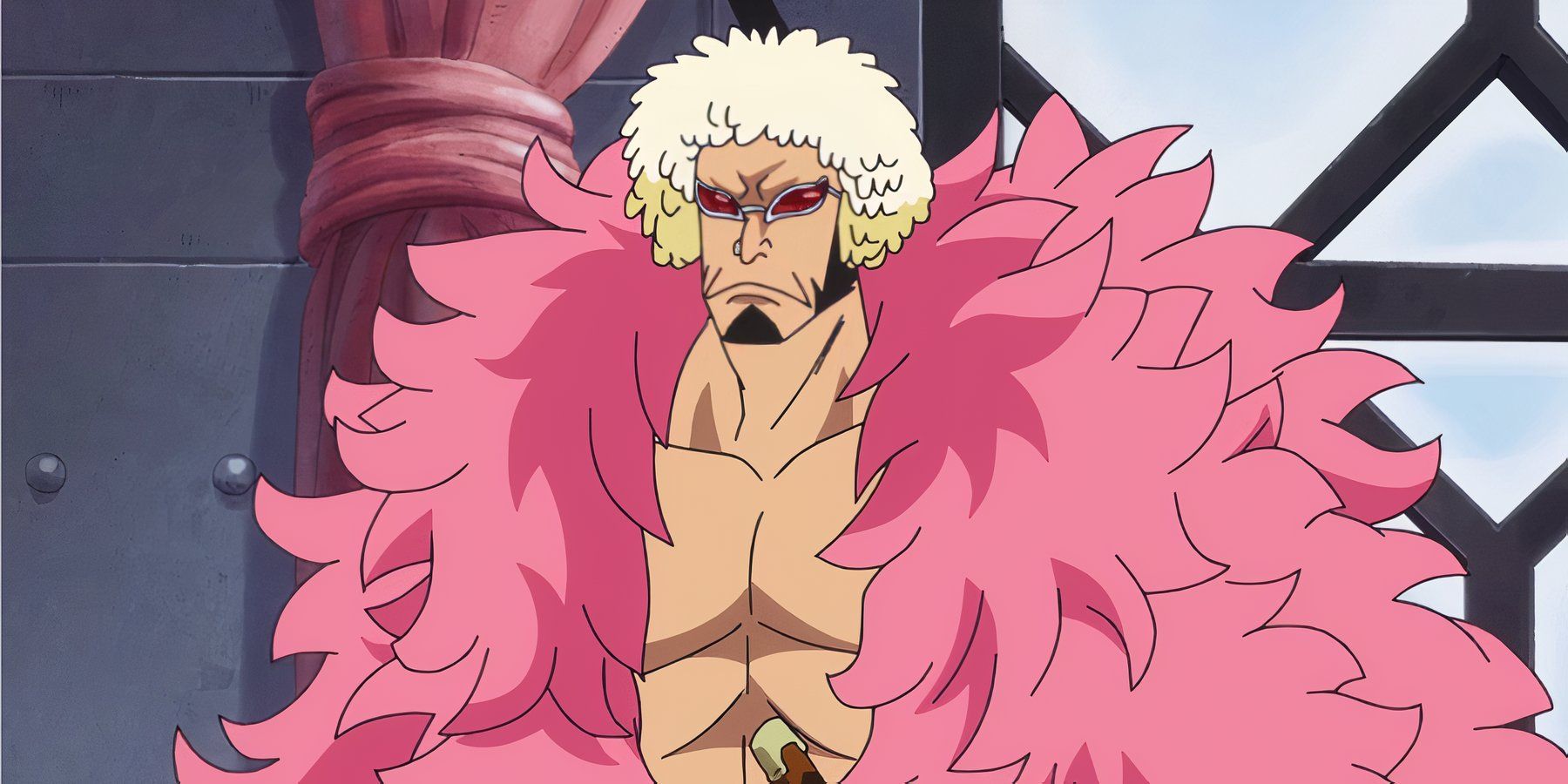
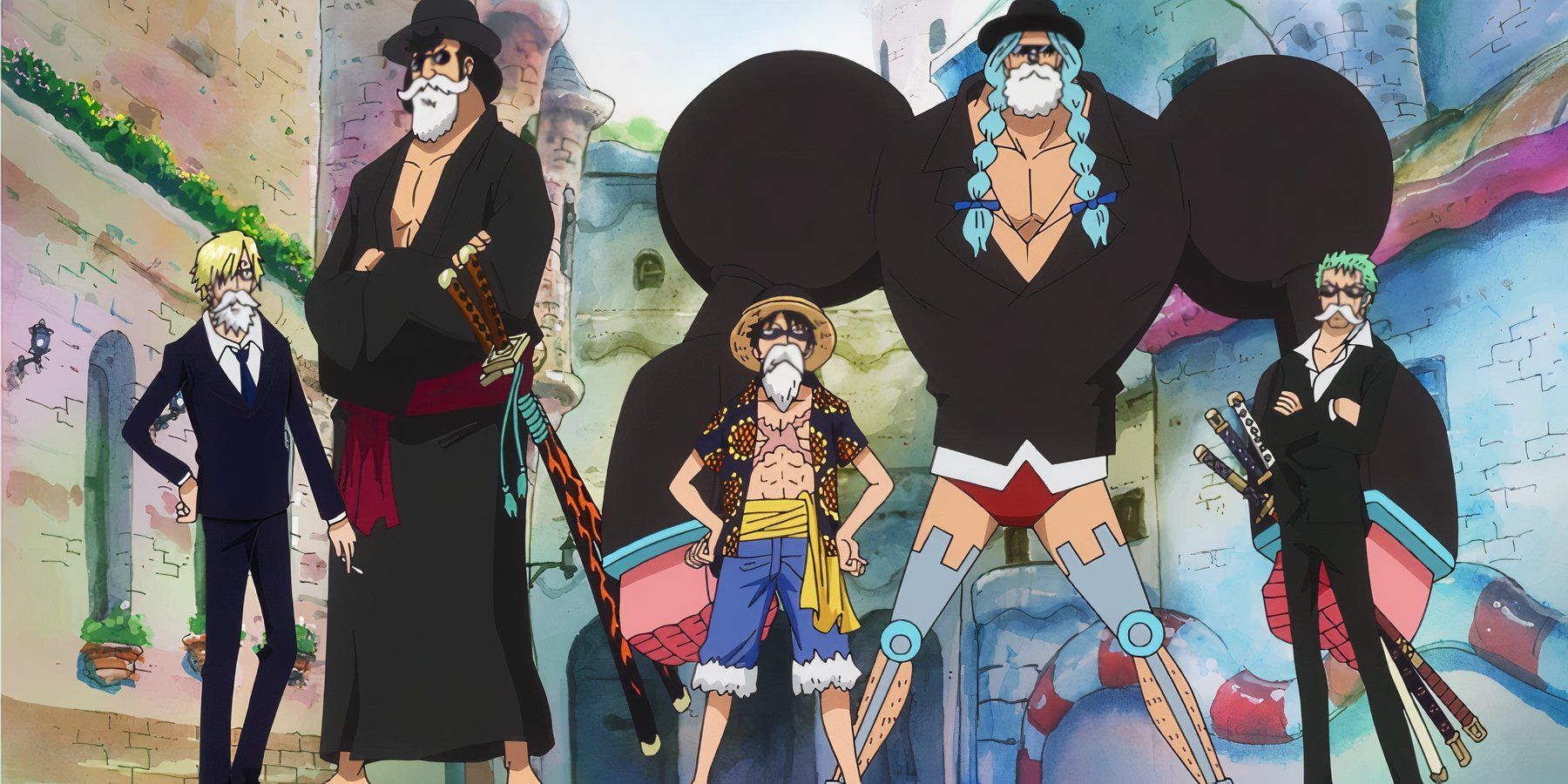
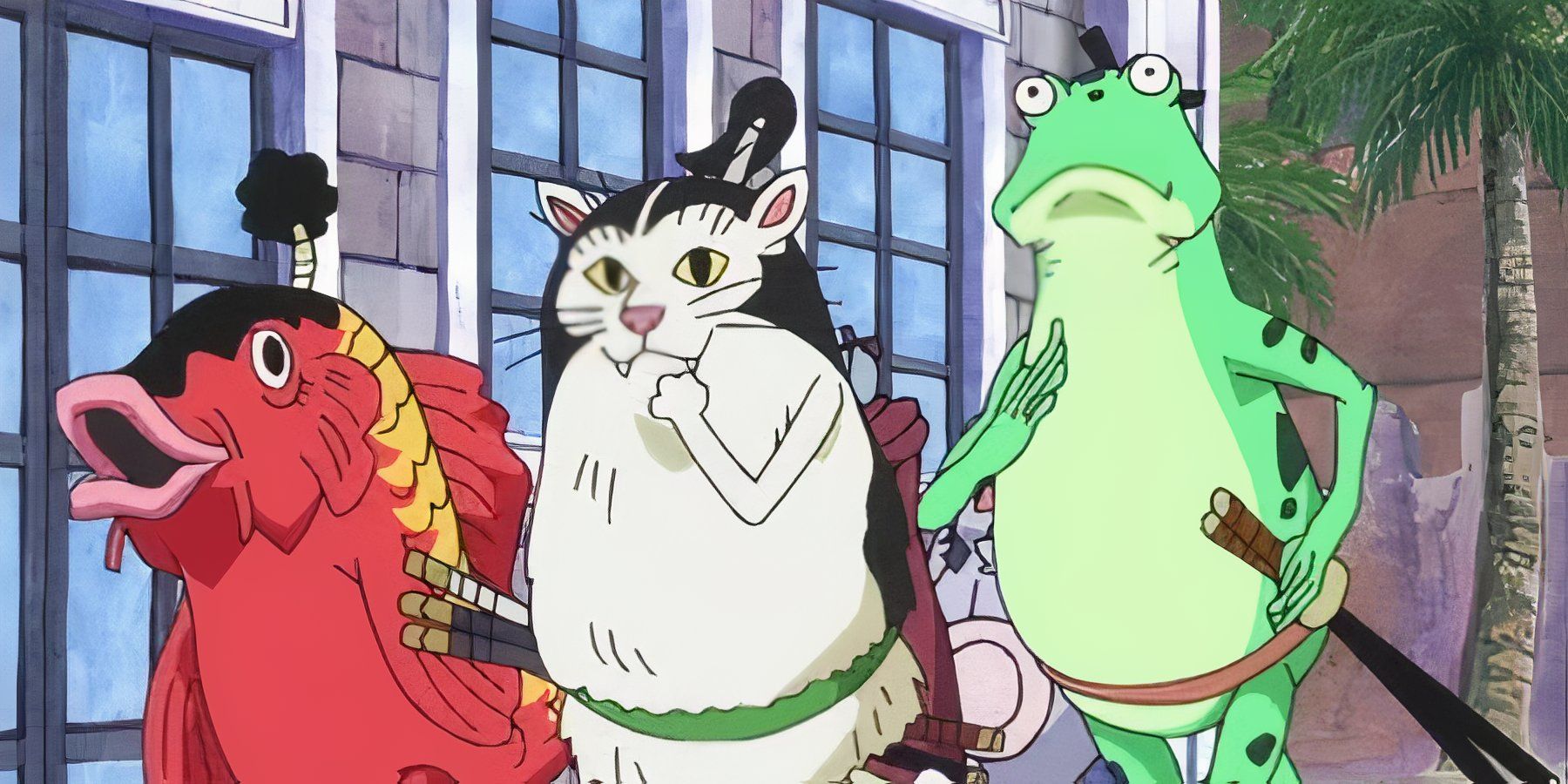
Best Technique: Kin-chan Kimono Shop
Known User: Kin’emon
The Garb-Garb Fruit can be used for espionage, but it has virtually no offensive capabilities. When someone eats this Devil Fruit, they gain the ability to create any type of clothing. In order to do so, the user needs to have leaves, small rocks, or some other type of small object around. These objects become clothes. The quality of the clothes is entirely dependent on the user’s imagination.
The user can fashion costumes as well as decent disguises. In some cases, the user will end up looking like a discount Doflamingo. The Garb-Garb Fruit can be used to create functional armor, but other than that, it has no defensive attributes that would be helpful in battle.
News
Fútbol masculino olímpico de París: España, Argentina y Francia compiten por el campeonato
– El campeón olímpico defensor Brasil no puede asistir a los Juegos Olímpicos de este año. Por ello, se le dio la oportunidad a las selecciones francesa, argentina y española. Calendario de la fase de grupos de los tres candidatos…
“Damn Oda married Nami”: One Piece’s Nami Helped Eiichiro Oda’s Wife Chiaki Inaba Meet the Love of Her Life
SUMMARY Eiichiro Oda’s One Piece has become extremely popular among fans since 1997. Chiaki Inaba’s cosplay of Nami at the Jump Festa 2002 made Eiichiro Oda fall in love with her. Fans react to the adorable love story of Eiichiro…
“It’s dark, it’s brutal”: Zoro’s Past Becomes Very Disturbing if This One Piece Theory About Kuina’s Death After Their Duel Comes True
SUMMARY One of Zoro’s biggest motivations for becoming the strongest swordsman in the world is the death of her friend Kuina. However, her death is a mystery as One Piece fans don’t believe that she could have just died from…
One Piece Chapter 1121 Spoilers
The One Piece manga is currently featuring the truth of the world as Vegapunk‘s broadcast continues. Even after their desperate attempts to stop the broadcast, the Gorosei fails miserably. One Piece Chapter 1121 will continue Vegapunk’s broadcast as he talks…
One Piece: Eiichiro Oda Subtly Dropping the Hint About Luffy’s Nationality Has a Connection to Finding Laugh tale That Exists in Spacetime (Theory)
SUMMARY Laugh Tale, an island located just a few arcs away, will require a great deal of work on the part of the crew as One Piece has entered the final tale. One argument suggests that Eiichiro Oda hinted at…
Messi dijo a los jugadores argentinos que no se burlaran de sus rivales
Según el centrocampista Rodrigo de Paul, el capitán Lionel Messi advirtió a los jugadores argentinos, pero aun así cantaron la canción “racista” a la selección francesa en su ausencia. Messi ha impedido repetidamente que los jugadores argentinos canten canciones de…
End of content
No more pages to load



